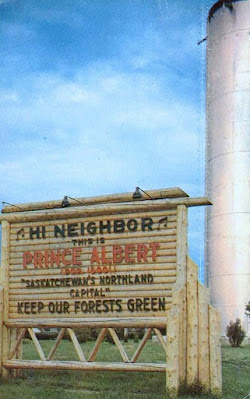At 336,200 hectares, this is Saskatchewan's largest provincial park. It encompasses a beautiful, forested region with some 100 freshwater lakes plus massive Lac La Ronge itself and a portion of the Churchill River, complete with whitewater rapids and waterfalls. Renowned for excellent sport fishing, canoeing and cross-country skiing.
LAC LA RONGE
Fisherman's Paradise - This 500 sq. mile lake consistently produces trophy-size lake trout, Northern Pike & Walleye
The community of La Ronge is a gateway to an exciting array of wilderness adventures. Enormous Lac La Ronge is surrounded by a myriad of smaller lakes and rivers, providing outstanding canoeing, fishing, camping and exploring in some of the most gorgeous countryside around. A highlight is the Churchill River, important throughout Saskatchewan's history, and today providing some of the best canoeing in North America.













